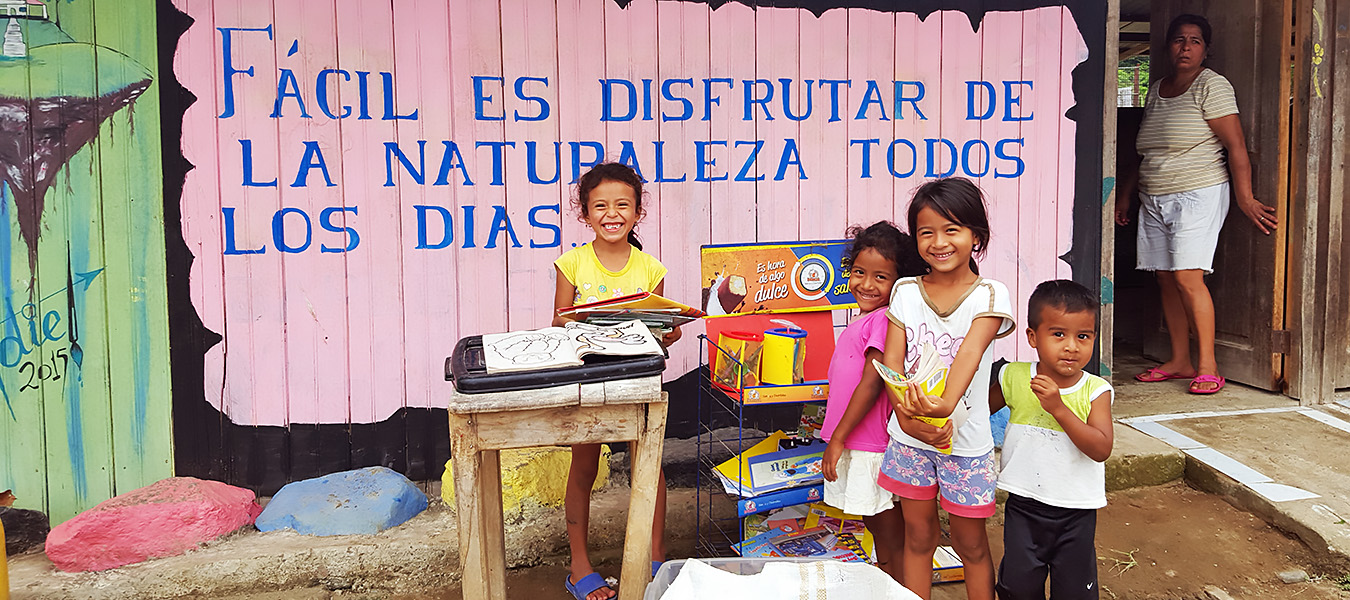
A significant component of our mission is to foster and promote the empowerment of local landowners and communities. By focusing on community-based conservation, we ensure that local people are involved in how their natural resources are managed. In coastal Ecuador, we manage and collaborate on many projects which encourage outdoor environmental education among children and adults alike, as well as projects that facilitate sustainable management of private land.
Our most recent community-focused project has highlighted the importance of bioentrepreneurship in the communities of Agua Blanca, Ayangue, Libertador Bolívar, and Olón. These communities are close to national reserves. Agua Blanca is located within Machalilla National Park and Ayangua, Libertador Bolívar, and Olón are all near the El Pelado Marine Reserve. These communities depend on tourism and the national lock downs during the Covid-19 pandemic struck these communities particularly hard. In 2020, we received a grant from the German Corporation for International Cooperation (GIZ). Our workshops and contributions to the infrastructure surrounding tourism have helped these communities become more resilient and have strengthened local economies.
We work closely with the coastal communities of Tabuga and Camarones, which are located close to the Lalo Loor Dry Forest reserve. Ceiba has worked with community members in a variety of projects ranging from sustainable micro-enterprises to water quality monitoring to, most recently, our Coastal Conservation Corridor project which extends along the coast from Pedernales to Jama. In April of 2016, a massive earthquake virtually leveled Tabuga, and Ceiba sidelined many of our primary projects to coordinate disaster recovery efforts that lasted for nearly two years. Four years later, the Covid-19 pandemic struck with equal ferocity, and Ceiba returned to our humanitarian aid role to distribute relief to hard-hit communities.
We also host volunteers and interns who help local teachers integrate environmental studies in their curriculum and work with school children to create school gardens. Our interns and volunteers have also been involved in leading field trip visits to the reserve so that students can take advantage of their close proximity to a pristine forest containing the region’s best example of the tropical dry forest.